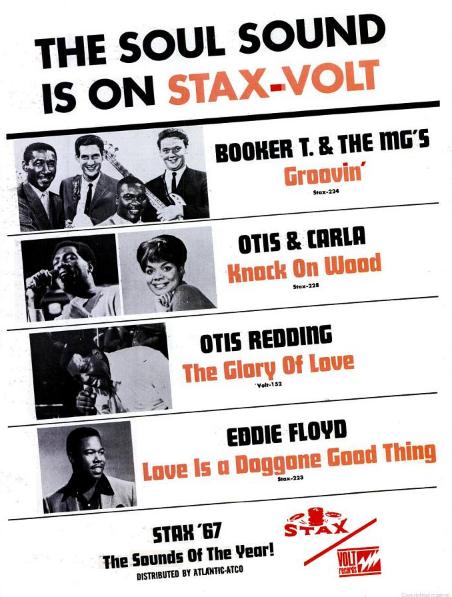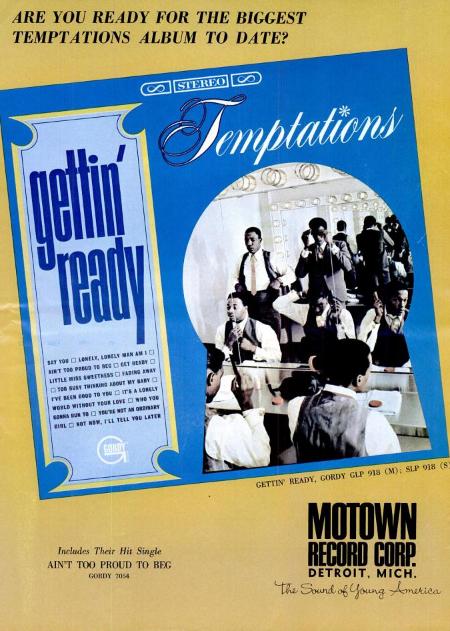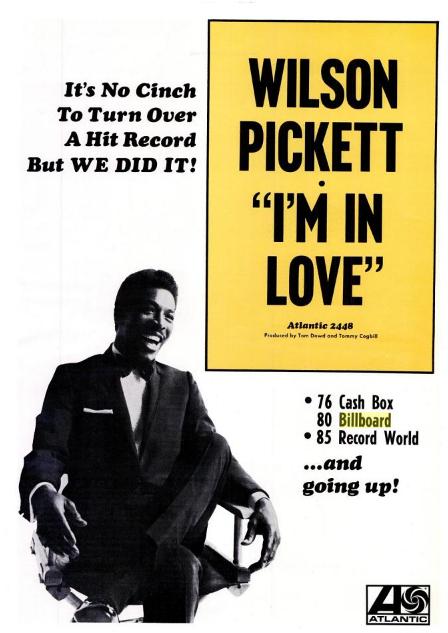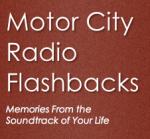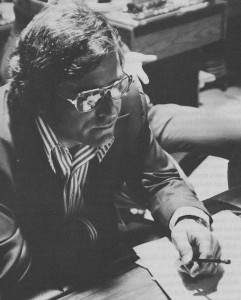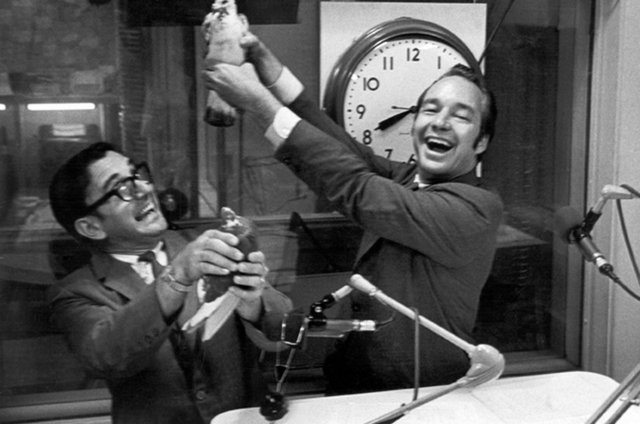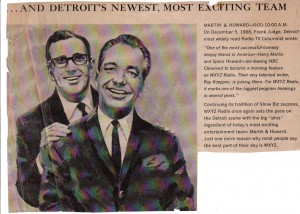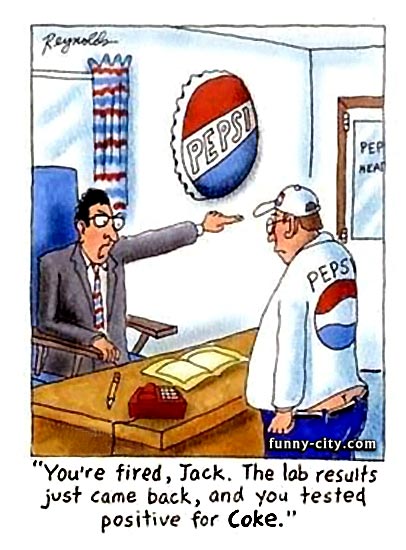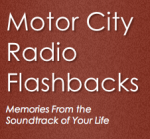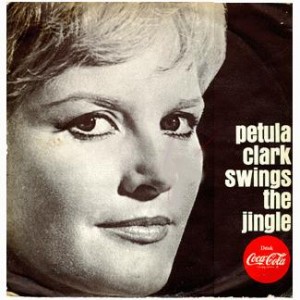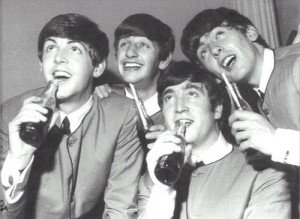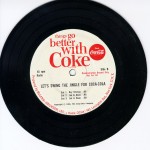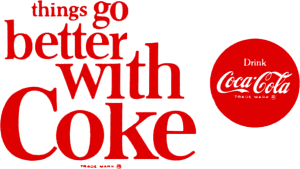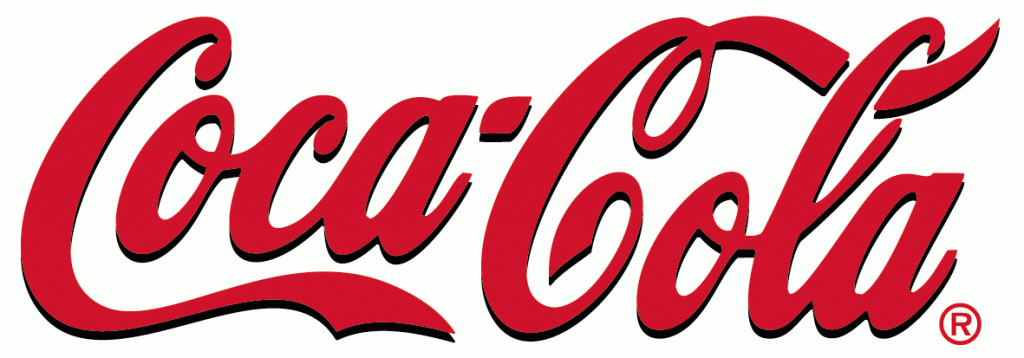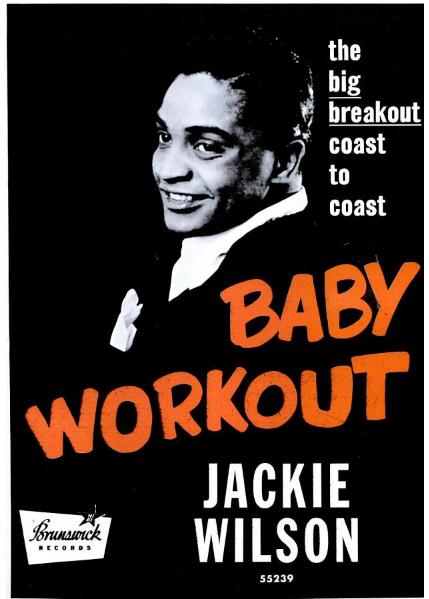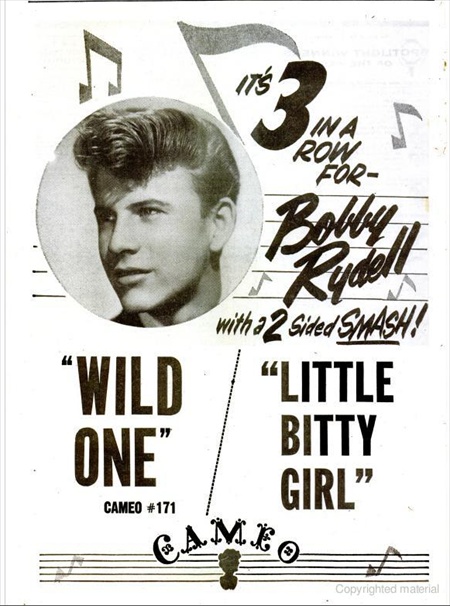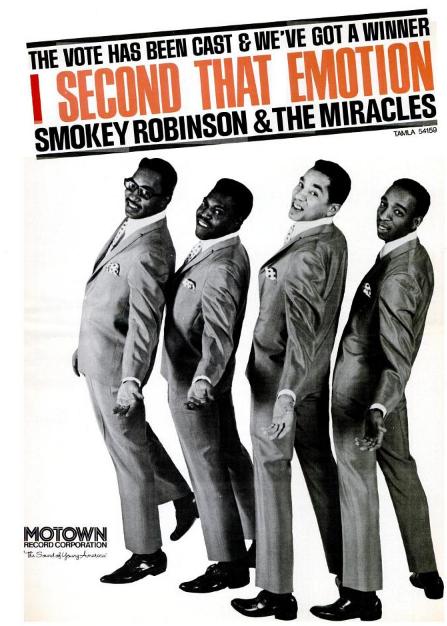SOUL SAUCE for April 6, 1968
by Paul Kirk
James Brown non-stopped from Harlem’s Apollo Theater to West Africa on Thursday (March 28), for two shows in Abidjon. From Africa, Brown detours to Paris for one more show, then returns home for one show via Boston, Friday, April 5. The King and his entourage of 45 will join the service for 17 days in June… they are set to embark for an entertainment tour for the troops in Vietnam.
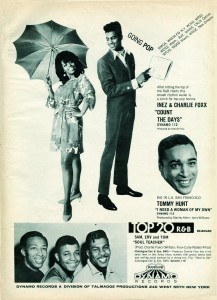
Charlie Fox of the “Mockingbird” team, Inez and Charlie Fox, is the new executive producer of Musicor and it’s R&B tenant, Dynamo Records. The new post won’t ground the team, the pair are currently cruising on the charts with their “Greatest Hits” LP and current new single, “I Ain’t Going For That.” Charlie and Inez are slated to open at the Howard Theater in Washington on Friday, April 12.
SOUL SLICES: Dionne Warwick has produced her first independent recording for Dionne Warwick Enterprises, with a new group, the Gentlemen Four… Lou Rawls will star in an upcoming Hollywood film, “The Riot,” with Jimmy Brown, and is scheduled to play the role of Louis Armstrong in a film based on Satchmo’s life. Rawls took a Grammy this year as top R&B male singer for 1967… Tommy Hunt will play the Fox’s Den in Miami… Peaches and Herb will kick off a 36 tour beginning Wednesday, April 10 at the Red Rooster in Pittsburgh… Sly and the Family Stone, a group to watch, are riding the crest of the wave with their new single, “Dance To The Music,” to concert dates at Midwest College, and at the New Village club, the Generation, Saturday, April 13 with the Youngbloods… Downeast Records, a new label, is starting to move with Justin (“Right Now”) and Plato Records, another newcomer, is raising dust with the Kicking Mustangs (Kickin'”).
George Hudson’s Gospel U.S.A. moves into the Apollo, Friday, April 12, for 10 days with James Cleveland and the Cleveland Singers, the Mighty Clouds Of Joy, the Pilgrim Jubilees, the Violinaires, the Salem Travelers, and Rev. Claude Jeter. Special appearances by the Institutional Radio Choir of Brooklyn, the Straight Gate Choir of Brooklyn and the Jubilee Choir of White Plains, New York.
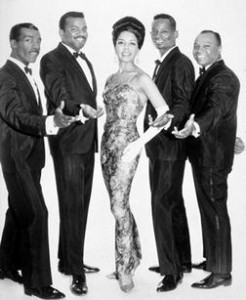
The South is claiming the Platters for their own. The Musicor group is racking up bookings all over Southern parts of the country and broke up the booking conference in Charlotte last month. Buck Ram, their manager and writer of many of their greatest hits, is scoring again with Jason, an up-and-coming new artists… Capitol Records’ the Magnificent Men, a blue-eyed soul group, is leaving smoke in R&B spots like the Uptown in Philly, the Apollo in New York, and are scheduled also to perform on campuses from Detroit to Long Island.
Soul Brother Bill Medley, formerly of the Righteous Brothers, is set to make a lot of noise with his MGM release “I Can’t Make It Alone.”… Dionne Warwick releases her first gospel LP, “The Miracle Of Believing,” just in time for Easter… The Foundations, from England (“Baby, Now That I Found You”), will bring their soul sound to the United States for a five-week tour beginning Sunday, May 12… The Intruders, a Gamble Records group, are on the move on the charts with their latest R&B single, “Cowboys To Girls.”
ON THE MOVE: “Tighten Up,” by Archie Bell and the Drells on Atlantic Records, are scoring heavily with their Houston sound all over the Southern states. Records to watch: in Columbus, Georgia… “Just Like A Flower,” by Freddie Scott, “Face It Girl, It’s Over,” by Nancy Wilson… “Lover’s Holiday,” by Peggy Scott and Jo Jo Benson.
ON THE REBOUND: Mary Wells has signed with Jubilee… New singles by Ben E. King with “Don’t Take Your Love,” Joe Simon with “You Keep Me Hanging On,” James and Bobby Purify with “I Can Remember”… Don Gardner’s “You Babe” is moving in Detroit… “All My Love” by Major IV is a sleeper in Virginia.
BUBBLING R&B: Thelma Jones’ “House That Jack Built”; Villinaires’ “I Don’t Know,” on Checker… Jackie Lee, “African Boogaloo,” on Keyman… Jimmy Ruffin, “I’ll Never Say Forever My Love,” on Soul… Ollie and the Knighting Gails, “I’ve Got A Sure Thing,” on Atlantic Records… Dick Hyman, “In The Heat Of The Night,” on Command.
R&B TRENDS: A phenomenon of flip sides with: James Brown went to No. 28 with “I Can’t Stand It” on the Hot 100 chart, flipped two weeks later with “There Was A Time” and went to No. 36; Wilson Pickett started with “Stag-O-Lee” and switched over to “I’m In Love,” and Aretha Franklin, the first lady of soul, turned the trick with “Since You Been Gone” and now “Ain’t No Way.” The Temptations’ “I Wish It Would Rain” is flipping to “I Truly, Truly believe,” currently breaking out. Marvin Gaye and Tammy Terell are flipping from “If I could Build My World Around You,” turning over with “If This World Was Mine.”
The Rascals have just released their new Atlantic single, “A Beautiful Morning,” geared exclusively for the R&B groove, proving that the Rascals are a group that can punch their way through both the Pop and R&B charts. END.
Billboard Top Ten R&B Singles — April 6, 1968:
1. “(Sweet Sweet Baby) Since You’ve Been Gone,” Aretha Franklin, Atlantic; 2. “La-La Means I Love You,” Delphonics, Philly Groove; 3. “If You Can Want,” Smokey Robinson & The Miracles, Tamla; 4. “I Thank You,” Sam and Dave, Stax; 5. “(Sittin’ On) The Dock On The Bay,” Otis Redding, Atlantic; 6. “The End Of Our Road,” Gladys Knight & The Pips, Soul; 7. “I Got The Feelin’,” James Brown, King; 8. “Take Time To Know Her,” Percy Sledge, Atlantic; 9. “Dance To The Music,” Sly & The Family Stone, Epic; 10. “Sweet Inspiration,” Sweet Inspirations, Atlantic Records.
Billboard Top Ten R&B LP Albums — April 6, 1968:
1. ‘Lady Soul,’ Aretha Franklin, Atlantic; 2. ‘Dock Of The Bay,’ Otis Redding, Atlantic; 3. ‘Valley Of The Dolls,’ Dionne Warwick, Scepter; 4. ‘History Of Otis Redding,’ Otis Redding, Volt; 5. ‘Smokey Robinson & The Miracles Greatest Hits, Vol. 2,’ Smokey Robinson & The Miracles, Tamla; 6. ‘We’re A Winner,’ Impressions, ABC-Paramount; 7. ‘In A Mellow Mood,’ Temptations, Gordy; 8. ‘(I Can’t Stand Myself) When You Touch Me,’ James Brown, King; 9. ‘I’m In Love,’ Wilson Pickett, Atlantic; 10. ‘Once Upon A Dream,’ Rascals, Atlantic Records.
(Information and news source: Billboard; April 6, 1968).
![]()

